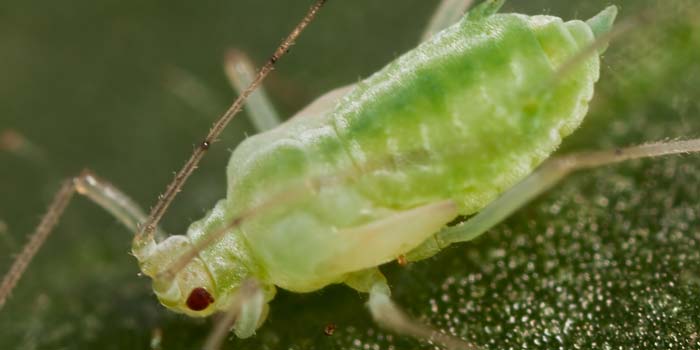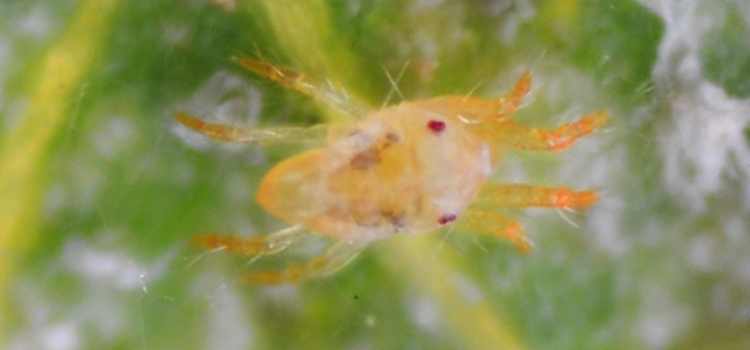Siltac EC and the resistance of pests to pesticides
A valuable solution for the problem of the resistance of pests to the traditional plant protection products
One of the most serious issues of crop protection against pests is the systematically appearing resistance of agrophages to chemical insecticides and acaricides.
The resistance issue concerns mainly pests with a huge breeding potential, producing many generations in one season (e.g. aphids, spider mites). A lowered efficacy of the chemical insecticides and acaricides is systematically noted among these groups of pests.
This leads to measurable economic losses. Despite repeated expensive treatment, the expected control performance is not achieved. Ineffectively protected crops have weaker yield. Scientists and farmers often report that a product that perfectly used to control a pest only a few years ago currently performs in quite inadequate manner.
The described problem concerns in particular the crops with a very narrow range of chemical products that are approved to be used, which hinders a rational rotation of products to prevent the occurrence of resistance.

Aphid

Spider mite
The described problem concerns in particular the crops with a very narrow range of chemical products that are approved to be used, which hinders a rational rotation of products to prevent the occurrence of resistance.
Siltac EC does not induce resistance in the pest population. Due to Siltac EC specific, physical mode of action the controlled pests are unlikely to develop resistance. Therefore the product can be used in pesticide resistance management, as well as to control pests that have already developed resistance to typical insecticides and acaricides.
Pests practically cannot become resistant to Siltac EC
Siltac EC – a valuable “weapon” to fight the pest resistance problem
The 2014’s introduction of Siltac EC to the gardening and farming practice is a precious solution aiming at reducing the resistance issue. This concerns mainly pests such as spider mites, aphids and psyllids.
- Siltac EC affects the pests in a typically physical manner. Therefore, in practice, the herbivores insects and mites cannot become resistant to it. The performance of Siltac EC, regardless of the number of applications, is always the same.
- Siltac EC is an effective solution where the traditional chemical products are no longer effective. Where resistance is not noted yet – in line with the good plant protection practice – the traditional chemical products should be applied with Siltac EC by turns.
- Applying Siltac EC in tank mix with the traditional chemical products is a good solution to prevent the resistance and improve the control efficacy treatment.
The problem of resistance concerns mainly pests with a huge breeding potential, producing many generations in one season (e.g. aphids, spider mites).
Back